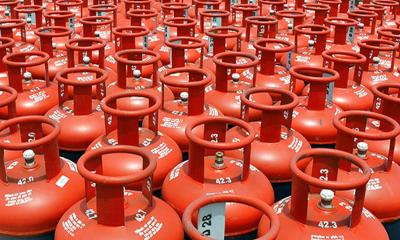From ancient barter systems to today`s sophisticated economies, currency remains the universally accepted medium of exchange. Over centuries, currency has evolved into fiat money, raising questions about how national currencies are valued and which are the strongest globally. Let`s explore the ten most valuable currencies as of May 2024.
What is Currency Strength?
The strength of a currency is determined by the purchasing power of the said currency relative to other currencies.
The strength of a currency is calculated through a benchmark (typically USD). For example, if the value of BDT decreases relative to USD, it means that the purchasing power of BDT will fall resulting in depreciation. On the contrary, an increase suggests greater purchasing power and currency appreciation.
How are Currencies Valued?
The value of a currency is determined in the forex market. The price of one currency in terms of another is called the exchange rate. Exchange rates are determined by supply and demand forces in the market.
But beyond the concept of supply and demand, other factors like economic growth and stability, central bank policies, global trade flows, and market speculation play a huge role in determining the value of a currency.
Historically, the USD enjoyed a strong valuation due to a positive combination of the above factors. Today the USD is the primary reserve currency of the world as many central banks and international institutions hold significant reserves of US dollars for international trade and investment purposes. The Triennial Central Bank Survey conducted by the Bank for International Settlements (BIS) found that the USD was one side of 88% of all forex transactions between 2019 to 2022.
Top 10 Most Valuable Currencies in the World As Of May 2024
Kuwaiti Dinar (KWD)
The Kuwaiti Dinar is the strongest currency in the world with 1 KWD buying 3.26 USD. The KWD is a relatively new currency introduced in the 1960s.
The currency was initially pegged with the British Pound but later re-pegged to an undisclosed basket predominantly focusing on the USD. Like most Middle Eastern countries, the KWD draws its strength from global oil exports.
Bahraini Dinar (BHD)
Bahraini Dinar comes in second with 1 BHD buying 2.66 USD. The BHD was founded in 1965 and has since been pegged to the USD.
Bahrain, being a small island nation in the Persian Gulf draws much of its currency strength from the large oil and gas exports. Additionally, the country has diversified its economic interests to include financial services, tourism, manufacturing, and logistics. The sound monetary policy, strong reserve, and a stable political environment also play into BHD’s strength.
Omani Rial (OMR)
The Omani Rial is the third strongest currency in the world. 1 Omani Rial can be bought for 2.60 USD. The OMR was founded in 1970 and has since been pegged with the USD.
The geographic position of Oman as a Gulf nation has endowed it with massive oil and gas reserves. In addition to the oil and gas exports, the Omani Central Bank has been prudent in formulating fiscal policies. The political stability and FDI inflow combined with a short supply of OMR have been key determinants for its strong position.
Jordanian Dinar (JOD)
Moving away from oil-rich economies, the Jordanian Dinar holds the fourth place among the strongest currencies in the world. 1 Jordanian Dinar is equivalent to 1.41 USD.
Jordan has historically been a politically stable country even though it is positioned in a geographically tense territory. The currency, since its foundation in the 1950s, has been pegged to the USD. The country undertook reform measures to liberalize trade, streamline regulations, and enhance the business environment. Besides, a strong foreign aid and remittance environment also aided JODs strength.
British Pound (GBP)
With over 600 years of history, the British Pound is one of the oldest and strongest currencies in the world. 1 GBP currently buys 1.26 USD. The British Pound is not pegged to any other currency.
Throughout much of the 19th and middle of the 20th century, the GBP was the primary reserve currency of the world. To this day, the GBP takes a minor position right after the USD. Historically, the UK had a strong GDP growth rate with the Bank of England strongly regulating the monetary policies. The high trade balance and foreign investment inflow have worked in favor of the GBP’s position.

Cayman Islands Dollar (KYD)
The Cayman Islands Dollar is the sixth strongest currency in the world with 1 KYD buying 1.20 USD. The currency has been pegged with the USD at a fixed exchange rate since its introduction in the 1970s.
Unlike major economies of the world, KYD is not dependent upon endowed resources or the GDP. Rather the British overseas territory is one of the largest offshore financial hubs of the world, raking in billions in investment. The stable political environment combined with low inflation and investment opportunities marks the high position of the KYD.
Gibraltar Pound (GIP)
The Gibraltar Pound draws its strength from the GBP. Introduced in the 1920s, the GIP was pegged at par with the GBP from its inception.
Additionally, the British overseas territory has a strong tourism, logistics, and shipping services industry. Both the Gibraltar government and the Gibraltar Monetary Authority strictly monitor the supply of GIP to maintain the one-on-one pegging. Gibraltar also holds a strong reserve of GBP to ensure high liquidity of the currency.
Swiss Franc (CHF)
Swiss Franc is the eighth strongest currency in the world with 1 CHF buying 1.10 USD. Introduced in the 1850s, CHF has historically been a stable currency due to the country’s political stability and neutrality.
The CHF was briefly pegged with the Euro but later moved onto its current free-floating state. In addition to its diverse economy, Switzerland has a strong banking system with the country being home to some of the top banks in the world. The strong bank secrecy law also posits CHF as a safe-haven currency in times of unrest or global crisis.
Euro (EUR)
Euro is the 9th strongest currency in the world with 1 Euro buying 1.08 USD. EUR derives its strength from the Eurozone, a total of 20 countries out of the 27 EU nations where the Euro acts as an official currency.
The euro has been in circulation since 2002 and is not pegged with any other currency.
US Dollar (USD)
And finally, the tenth strongest currency in the world right now is the USD. The greenback was created in the 1700s with the currency now being an official tender of the USA, US territories and Puerto Rico.
In terms of trade volume, the USD is the most traded currency in the world. It is also the leading reserve currency globally. The greenback is also the monetary unit for global commodities like gold, oil, and copper. Any other currency other than the nine listed above is worth less than a dollar in unit exchange.
Final Words
So far, we have discussed the top 10 strongest currencies in the world in May 2024. It might be surprising to see the USD at number 10 for many. USD derives its popularity from the high liquidity, reserve status, and economic growth of the USA. But in terms of currency valuation, other countries trump the USD simply because of trade volume or leveraging a particular offering unique to that country.
Regardless, the greenback will continue to be the denominating currency for the foreseeable future.


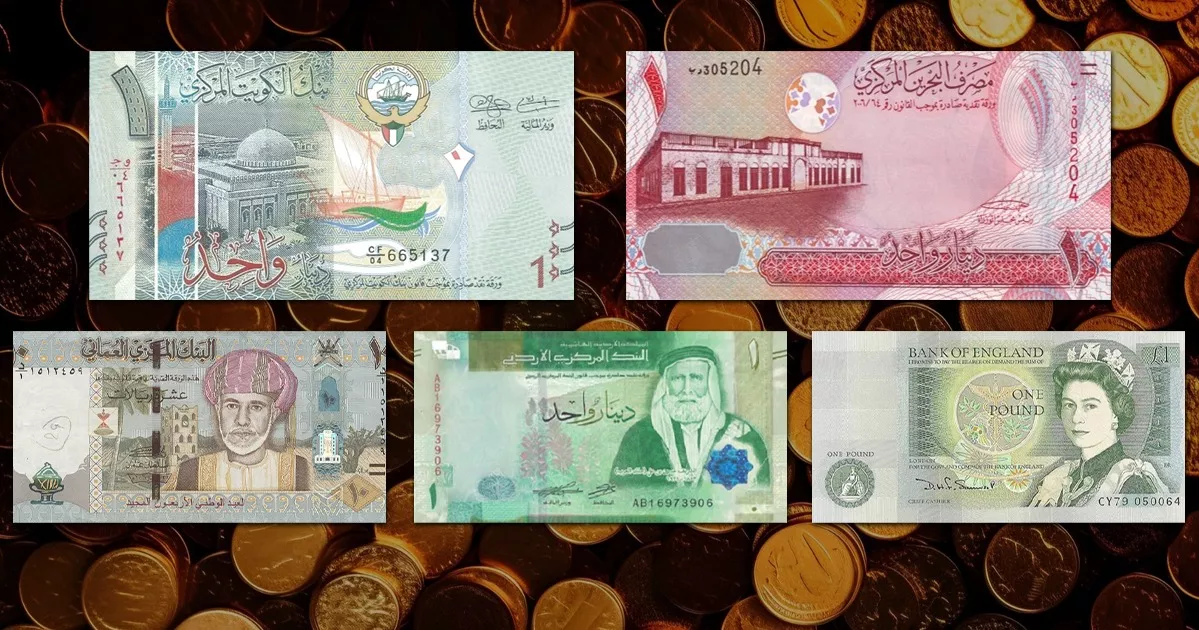

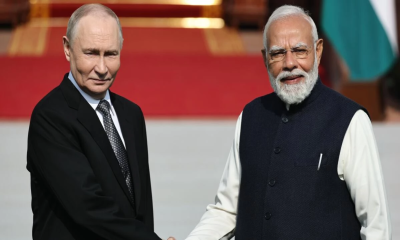

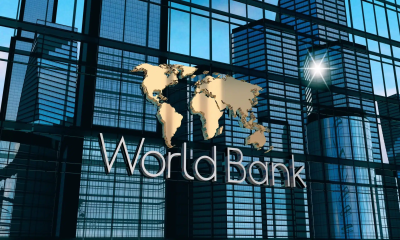


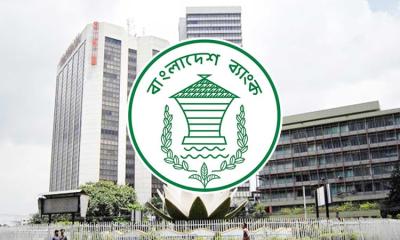

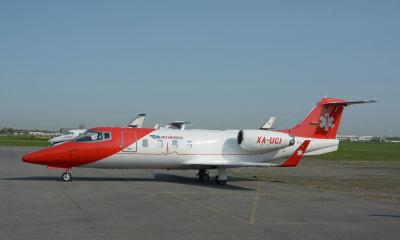


-20251206083331.jpeg)



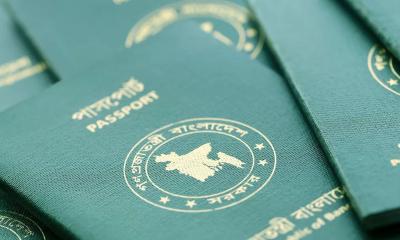

-20251205185652.webp)





-(25)-20251122062715-20251202031751.jpeg)

-(25)-20251122062715-20251204041734.jpeg)




